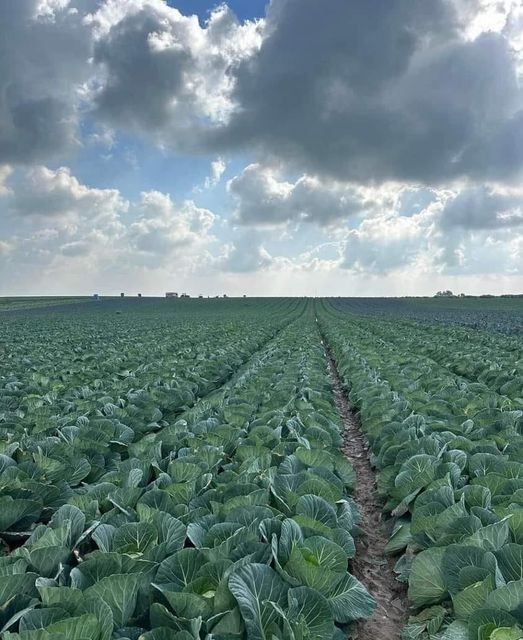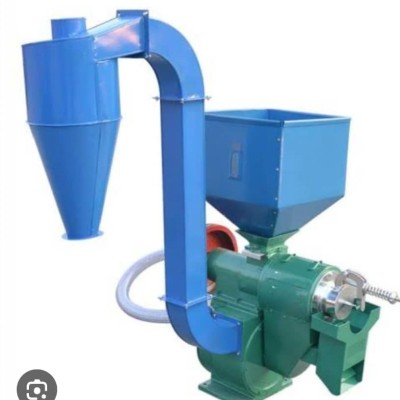GROWING CABBAGE STEP-BY-STEP 🥬 🥬
◾️Soil analysis
Small-scale farmers seldom carry out a soil analysis of their land. For farmers planting a larger area, a soil analysis is certainly worthwhile. An analysis will show what nutrients are in the soil and what fertilisers are required. Irrespective of what this report says, you should apply nitrogen.
◾️If it is available, use cattle manure; it improves the structure of the soil, stimulates healthy growth, and provides macro- and micronutrients. Manure makes growing cabbages far easier. Apply 30 t/ha to 50 t/ha before preparing the soil. If no manure is available and you do not have a soil analysis to guide you, apply 600 kg/ha of 2:3:4 (24), broadcast it, and work it in.
◾️Soil Preparation
The soil preparation used in producing cabbages does not have to be very fine. Spacing will depend on what size head you require; wider spacing will produce larger heads sooner. The general rule is to space rows 60 cm apart. The in-row spacing should be 35 cm—slightly further apart for larger heads, a bit closer for smaller heads.
◾️Most important are the amount of nitrogen you apply and the timing of its application. The best form of nitrogen for most vegetables is NPK.
◾️First application: Administer this a week after transplanting. Ensure that it is applied close to, but not touching, the plants. The most efficient method of administration is probably by hand; use one handful of NPK for every 12 plants. NPK can also be applied through a pipe tied into the corner of a fertiliser bag that is rolled halfway down; walk down the rows with the fertiliser flowing out of the pipe, near the plants. If using this method, apply between 150 kg/ha and 200 kg/ha.
◾️Second application: Administer this two weeks after the first application; it does not have to be sprinkled as closely to the plants. Apply 200 kg/ha to 250 kg/ha.
◾️Third application: For the third application, use 250 kg/ha, two weeks later in summer or three weeks
#cabbagegrowing







Raja Djustus
Delete Comment
Are you sure that you want to delete this comment ?